Toyota RAV4 Estate (2006-2012) review
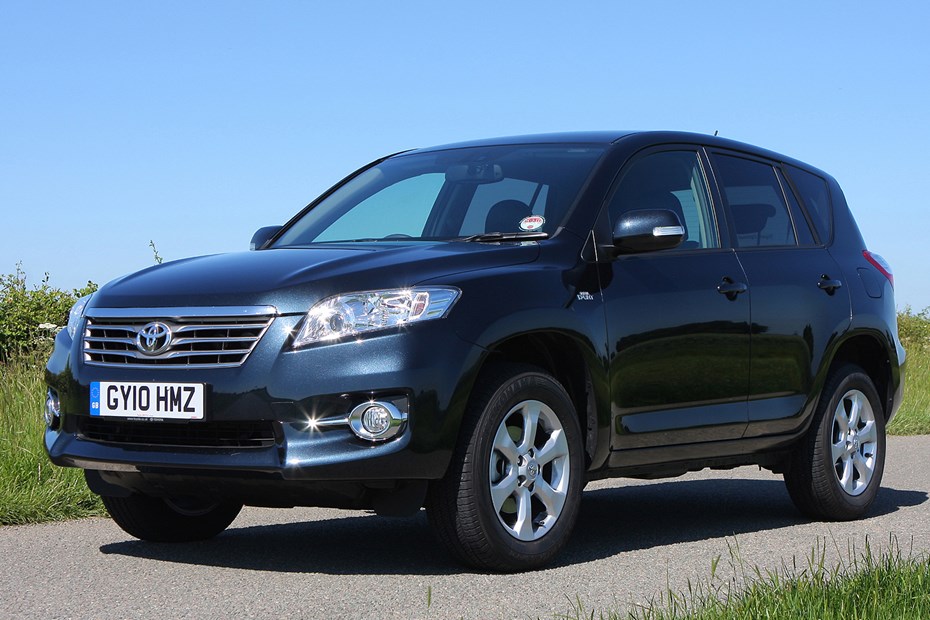
At a glance
| Price new | £16,760 - £28,851 |
|---|---|
| Used prices | £595 - £6,745 |
| Road tax cost | £215 - £430 |
| Insurance group | 20 - 27 |
Get an insurance quote with

|
|
| Fuel economy | Not tested to latest standards |
| Range | 409 - 634 miles |
| Number of doors | 5 |
| View full specs for a specific version | |
Available fuel types
Petrol
Diesel
Pros & cons
- Well equipped
- Superb build quality and reliability
- Many used examples have four-wheel drive
- Limited off road capability
- No ULEZ-compliant diesel option
- Petrol engine needs high revs
Toyota RAV4 (06-12) rivals
Overview
The Toyota RAV4 is one of the most successful small 4x4s sold in Britain. It had something of a head start, effectively defining the genre, and it’s been popular with used car buyers as well. Since the 1994 debut of Toyota’s ‘4x4s with the spirit of a hot-hatch’ concept, it has inspired a host of copycat models – to the point that many of the best new cars on sale now are SUVs.
The third-generation RAV4 launched in 2006, and discontinued in 2012, now represents excellent value for second hand car buyers. Toyota’s reputation for reliability meets 21st-century levels of refinement, but more to the point, 21st-century levels of efficiency and a diverse range that was designed to fend off trendy challengers such as the Land Rover Freelander 2 and the Kia Sportage, as well as softer off-road-esque family SUVs such as the Ford Kuga and Volkswagen Tiguan.
You may find late 2007 registration three door RAV4s. These are the previous generation; the XA30 was only offered as a five-door, five-seat SUV.
Toyota RAV4 third-generation (XA30) buying guide
There are two engines to choose from – one 2.2-litre diesel, one 2.0-litre petrol – and when shortlisting cars for sale the petrol one is the obvious choice thanks to the limits of ULEZ and clean-air zones. The RAV4 is a particularly good choice if you want a cheap automatic, as long as it has been looked after. Early (pre-2009) models are all equipped with AWD for 4x4 capability, and feature VVT-i petrol engines and four-speed automatic or five-speed manual gearbox. Diesels can be found with 137hp (T140) or 174hp (T180) with a six-speed manual.
From 2009-10 the range was revised, introducing front-wheel drive entry-level versions (2WD, when browsing cars for sale). Diesel models were rationalised to the 152hp D-4D with manual gearbox and AWD, and the new D-CAT version offering a six-speed automatic diesel.
An all-new 158hp 2.0-litre ‘Valvematic’ petrol engine replaced the VVT-i, now with a CVT automatic or six-speed manual gearbox. You may find imports with a 3.5-litre V6 – a good long-distance petrol engine, but a thirsty choice for UK roads. Equipment levels are good for the age of car, and interior fit and finish is above average.
Toyota RAV4 (2006-12) known faults and common problems
Perhaps unsurprisingly, the third-generation RAV4 has a well-deserved reputation for reliability. You should be able to buy any well-maintained example with confidence. Here are the top ten points to watch when looking for neglect or damage on a used RAV4.
All engines use timing chains, with no designed-in flaws but timing chain stretch can mean replacement is wise after 100,000 miles.
1. 2.2-litre diesel – oil leaks
Early examples of the D-4D (Toyota AD) diesel engine could leak oil from the crank end seal, contaminating the clutch. Symptoms including juddering, snatchy clutch bite and visible oil leaks under the car (look at the undertray from above with a torch).
Oil leaks around the cam cover (top of the engine) are also common. On higher mileage cars this can be exacerbated by a neglected PCV (crankcase ventilation) system.
2. Six-speed manual gearbox – poor shift quality
RAV4 manual gearboxes can be affected by poor clutch action. Difficulty engaging first or reverse may be due to oil contamination on diesel models, but it can also be due to low hydraulic fluid. This is shared with the brake fluid, so a visual inspection to see how clear and light-honey gold the fluid is a good place to start.
Any sign of black, speckled contamination could be the seals in the clutch master cylinder at the pedal, or the slave cylinder on the gearbox. It could also be the braking system rubber components degrading, so either case will need a fluid change and bleeding the hydraulic system.
3. Diesel engines – DPF and emissions systems
Later models with the T150 engine have a more complex engine management system to meet Euro 5 (you won’t find a Euro 6 third-generation RAV4 diesel). Look for a high-mileage vehicle with a comprehensive service history in preference to a low-mileage RAV4 that has been serviced purely on mile intervals.
4. Has the RAV4 been used for towing?
The 2006-2012 Toyota RAV4 can tow 2,000kg, and with most models offering 4x4 it’s a popular vehicle for leisure and light work. With manual cars clutch wear can be an issue, and if an early automatic has been used for extensive towing look to see if an external transmission oil cooler has been fitted.
Examine towbar mounting points for rust and cracks, particularly if a cheaper aftermarket one has been fitted. Look in behind boot trims for the wiring – does it use a factory-fit lighting adaptor or has a universal one been bodged in with scotchlocks? Pay extra attention to cars with ‘twin-electrics’ – a 12N plus 12S combination – as RAV4s of this generation are firmly in the 13-pin hookup era.
5. Open-wide – spare wheel on the outside?
Some RAV4s have the spare wheel mounted outside, on the tailgate. To comply with type approval and not block the tail lights when the tailgate is open, the check strap limits the opening. Many owners fit the longer check strap from later RAV4s.
6. Tyres and emergency kit
Later RAV4s without a spare wheel on the back use run-flat tyres and an emergency inflation kit. Check it’s all there and in date, and examine the tyre condition carefully. Some owners may have chosen to convert to conventional tyres, which could leave you unable to deal with a puncture by the roadside.
As most RAV4s are AWD, having four matched tyres in size, brand, and wear is beneficial. However, due to the way the 4x4 system works mismatched tyres are less likely to damage the transfer box.
7. Diesel engines – injector seal leaks
With age the D-4D fuel injectors can leak combustion gases into the engine, causing carbon build up, low oil pressure and poor running. It’s hard to tell if you’re not used to how that engine should sound, but the easiest giveaway is a hissing, chuffing sound at idle. You can remove the oil cap to hear it more clearly, but only at idle and watch out for oil spray – in extreme cases you may see smoke as well.
Replacement before other issues show up, particularly with overhaul of crankcase ventilation (PCV) components, is cheap and will prolong the engine’s life. Neglect will ultimately wreck the engine.
8. Petrol engine – Valvematic
The later petrol RAV4 is generally reliable, with a long-lived timing chain and few reported issues. Neglected services can cause carbon buildup in the intake manifold, and replacement of the valvematic system is expensive if consequential damage results. Look for petrol models with frequent oil changes and good, high-quality oil itemised on receipts.
9. Cooling system – water pumps
Before starting the engine look at the coolant level and colour. Look around the accessory belts for signs of leaks. When the car starts, a whirring or scraping noise could indicate a dry bearing in the water pump. If it fails the car can overheat – many specialists treat it as a service item at 40-60,000 mile intervals.
10. Bodywork and rust
Good news, the RAV4 isn’t particularly prone to rust. However, the 4x4 ability does mean more exposure to salted roads or heavy-duty use like river and sea slipway hauling. Don’t overlook checking over the underside as well as checking past MOTs online for advisories.
Scruffy RAV4s generally start with cloudy, yellowed headlights. They can be polished.
What’s a used Toyota RAV4 like to live with?
With a strong reputation for reliability, excellent parts availability, and a good blend of economy and performance the RAV4 is the sort of second-hand 4x4 that’s ideal for rural families who don’t need to worry about diesel restrictions yet. If you would like to know more about the third-generation RAV4’s practicality, interior, comfort and handling – and see how it performed against contemporary rivals – read the rest of the Parkers full review of the 2006-2013 Toyota RAV4.



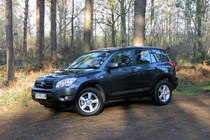
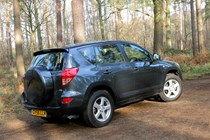
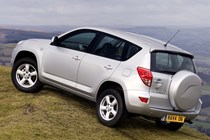
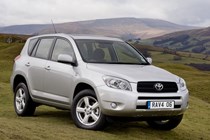
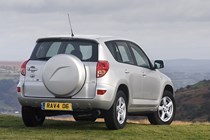
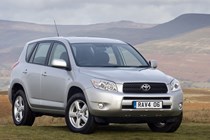

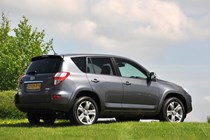

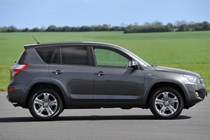
.jpg)
.jpg)
.jpg)
.jpg)
.jpg)
.jpg)
.jpg)
.jpg)
.jpg)
.jpg)
.jpg)
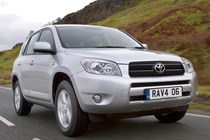
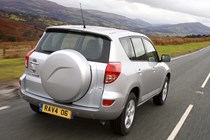

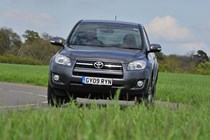
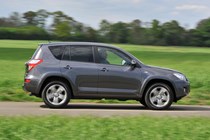
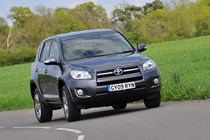

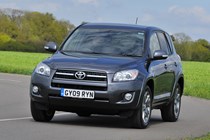
.jpg)
.jpg)
.jpg)
.jpg)
.jpg)
.jpg)
.jpg)
.jpg)
.jpg)
.jpg)
.jpg)
.jpg)
.jpg)
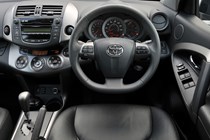
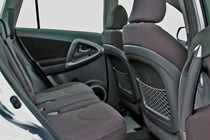
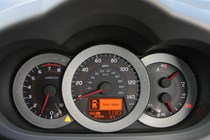
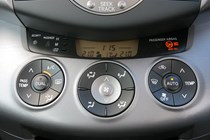
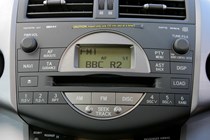
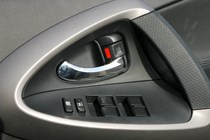

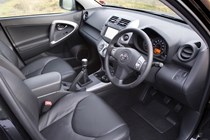
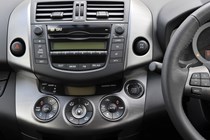
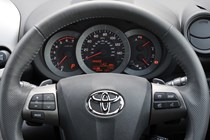
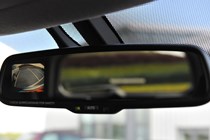
.jpg)
.jpg)
.jpg)
.jpg)
.jpg)
.jpg)
.jpg)
.jpg)
.jpg)
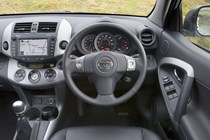
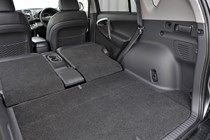
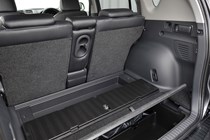
.jpg)
.jpg)
.jpg)
.jpg)
.jpg)
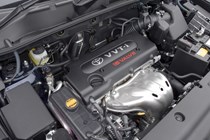
.jpg)
.jpg)


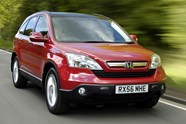











.jpg?quality=50)
.jpg?quality=50)
.jpg?quality=50)
.jpg?quality=50)
.jpg?quality=50)
.jpg?quality=50)
.jpg?quality=50)
.jpg?quality=50)
.jpg?quality=50)
.jpg?quality=50)
.jpg?quality=50)








.jpg?quality=50)
.jpg?quality=50)
.jpg?quality=50)
.jpg?quality=50)
.jpg?quality=50)
.jpg?quality=50)
.jpg?quality=50)
.jpg?quality=50)
.jpg?quality=50)
.jpg?quality=50)
.jpg?quality=50)
.jpg?quality=50)
.jpg?quality=50)











.jpg?quality=50)
.jpg?quality=50)
.jpg?quality=50)
.jpg?quality=50)
.jpg?quality=50)
.jpg?quality=50)
.jpg?quality=50)
.jpg?quality=50)
.jpg?quality=50)



.jpg?quality=50)
.jpg?quality=50)
.jpg?quality=50)
.jpg?quality=50)
.jpg?quality=50)

.jpg?quality=50)
.jpg?quality=50)